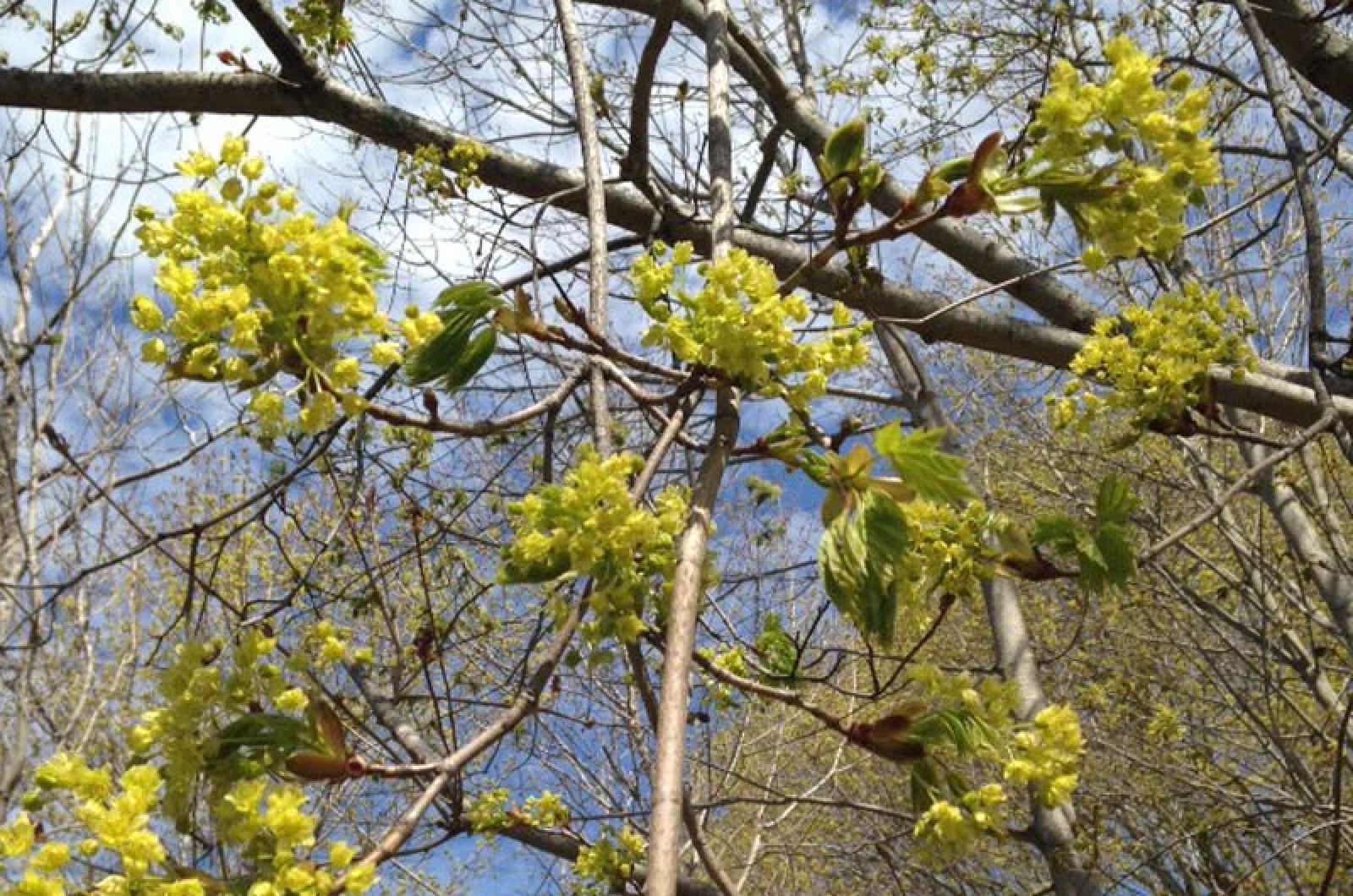Don’t blame Norway.
The invasion of the Norway maple tree on U.S. soil is definitely not the fault of the Norwegians. This tree’s name is somewhat of a misnomer, since the tree hails from a larger geographic area, including much of Europe and Asia.
Its presence here could be blamed on a single individual. John Bartram was a Philadelphia botanist, explorer and naturalist who imported this plant from London in 1756. He helped popularize it and sold it from his nursery to notable citizens such as George Washington and Benjamin Franklin.
While Norway maples were found in many private gardens, it wasn’t until the mid 1950s that this tree’s popularity truly blossomed. After the death of American elm trees from Dutch elm disease, Norway maples became the shade tree and street tree of choice and are now found in many town centers and along many main streets in our communities.
But, Norway maples have a dark side. These trees are now considered invasive and the importation and sale of this formerly beloved tree has been banned in Massachusetts and many other states.
And for good reason, since Norway maple has all the qualities of a neighborhood bully. It is a long-lived and fast-growing tree, obtaining heights of 100 feet and living from 60 to 200 years. Both shade and pollution tolerant, this maple’s survival is almost assured. Norway maple’s large, leafy canopy shades out other plants and, due to its root structure, no other plants can grow below it. Its winged seeds, called samaras, fly effortlessly on the wind and can thus easily be spread. It has reseeded itself so easily that it is now considered naturalized. The Norway maple tree’s final fatal blow is its allelopathy. Allelopathic plants emit chemicals that prevent other plants from germinating and growing.
Another advantage that helps Norway maples outcompete its plant neighbors but also endears it to me, is that it blooms and leafs out early. No matter its dastardly reputation among botanists, I somehow find myself taken with it around this time every year. While the native oaks seem reluctant to stir from their winter ways, the Norway maples show signs of life and color.
Their pale green and yellow flowers give way to early leaves and signs of botanical joie de vivre.
Identifying Norway maples is easy, though they resemble other maples. Look for their milky sap when pulling off a leaf. Clear sap indicates sugar maples. Note that both varieties can be tapped for syrup, though the latter is the clear winner since the Norway variety is not as sweet and 30 per cent more sap is needed to make syrup.
Though it may be the first, happily it won’t be the last plant bursting to life with the turn of the season, and with it, our spirits will be lifted. For all those who have been longing for winter’s end, the blooming of the Norway maples will surely affect our mood! As the writer Harriet Ann Jacobs knew, “The beautiful spring came; and when Nature resumes her loveliness, the human soul is apt to revive also.”
Suzan Bellincampi is director of the Felix Neck Wildlife Sanctuary in Edgartown, and author of Martha’s Vineyard: A Field Guide to Island Nature.







Comments
Comment policy »